SAT Reading - Words in Context
Words in Context
When I ask students what they’re worried about for the SAT, what they feel they struggle with, and what they feel requires the most work, one answer pops up consistently-vocabulary. This worry isn’t completely without merit; a lot of the SAT Reading passages involve difficult vocabulary, old-fashioned writing styles, and complex sentence structures. This is one of the many reasons why SAT Reading is one of the harder sections to prepare for. However, as far as questions are concerned, the Words in Context questions are the only portion of the test where you get points for your ability to decode vocabulary. Let’s take a look at the question structure, some common patterns, and then finally strategy on solving these SAT staples.
Question Structure
Luckily for students preparing for the exam, this very common question type almost always appears with the same phrasing:“As used in line ___, the word _____________ most nearly means…” This structure seems simple, and in truth it is relatively straightforward. However, the question is a little deceiving. It’s not the line number that is important to completing these questions, but the requirements of the sentence and its meaning. Start at the beginning of the sentence containing the word in question, rather than the line number.
Common Patterns
The Words in Context questions on the SAT will almost never feature words that a typical high school student would consider“impossible”. These questions are less about difficult vocabulary, and more about identifying the type of word that needs to fit into the sentence. Understanding this will be crucial to understanding the strategy for these often-repeated question types. Read the word as is in the sentence, but don’t get hung up on the word itself. The word written in the question actually doesn’t matter too much when you get down to answering these questions. Remember, these are questions about words in context, not words in the dictionary.
Strategy
So now that the question structure is clear, and you’ve been told that the question isn’t really about vocabulary, how do you answer it quickly and accurately while under the pressure of the exam? There is a simple, three-step process that works nearly every time for these questions. The cheesy acronym is B.A.M:
Step 1 - Blank
The first step, which might seem counterintuitive, is to pretend that the word in the question does not exist. Ignore the word, and treat it as though it is just a blank in the sentence. This simple step removes your initial reactions to hearing a word and allows you to focus on the concept needed to make the sentence complete, rather than thinking of definitions without addressing the sentence’s context. To illustrate the importance of this step, try the two example questions below:
Example 1:
As used in line 55, the word “fair” most nearly means
A. just
B. light-haired
C. beautiful
D. carnival
Example 2:
I didn’t always like the local magistrate, but he was always ____________ when dealing with local court cases.
A. just
B. light-haired
C. beautiful
D. carnival
Example 2, clearly, is a much easier question to answer. While all the answer choices are synonyms for the word “fair”in other contexts, only choice A,“just”, makes any sense in the context of the sentence.
Step 2 - Anticipate
The second step, now that we have a blank in the sentence, is to anticipate an answer. Using your knowledge of sentences and vocabulary, pick a word that makes sense to you in that blank. It doesn’t have to be a difficult“SAT” word. For instance, here is the list of vocabulary in context words tested from the College Board’s official Practice Test #1: directly, form, ambivalent, convey, hold, demands. Four of the five words are probably something you hear on a daily basis! When choosing your own word to stand in the place of the blank in the sentence,your words can be equally simple. Choose a word that you’re comfortable with, and that you understand the meaning of.
Step 3 - Match
The final step is to take your prediction and match it to the answer choices. Sometimes,you’ll choose a word that is an exact match to the answer choices! Other times,you may have to check your anticipated answer against all four choices to find the right fit. However, if you’ve followed the process,you will likely find the right answer. If you think you may have anticipated incorrectly,you can try a different word to fit into your blank, and then go through the process again. Remember, however, that time is of the essence! Eliminate as many answers as you can and move on if a question is taking too long!
Conclusion
The SAT has been infamous for many years for its difficult vocabulary, but recently the test has begun focusing on functional vocabulary, and the ability to find meanings of words through context clues. Don’t worry about picking up and reading from a dictionary; the best way o practice reading is to read what you enjoy! Grab a book, a magazine, or even an online article, and get to studying!
Total Learning Centers’ individualized, one-on-one test preparation programs are laser-focused around each student’s needs and strengths, so we can achieve maximum results in less time than other programs. Our expert tutors are trained to incorporate content knowledge with test strategy and time management, helping students to feel confident in their readiness on every question, section, and test. Give us a call today to learn more!

